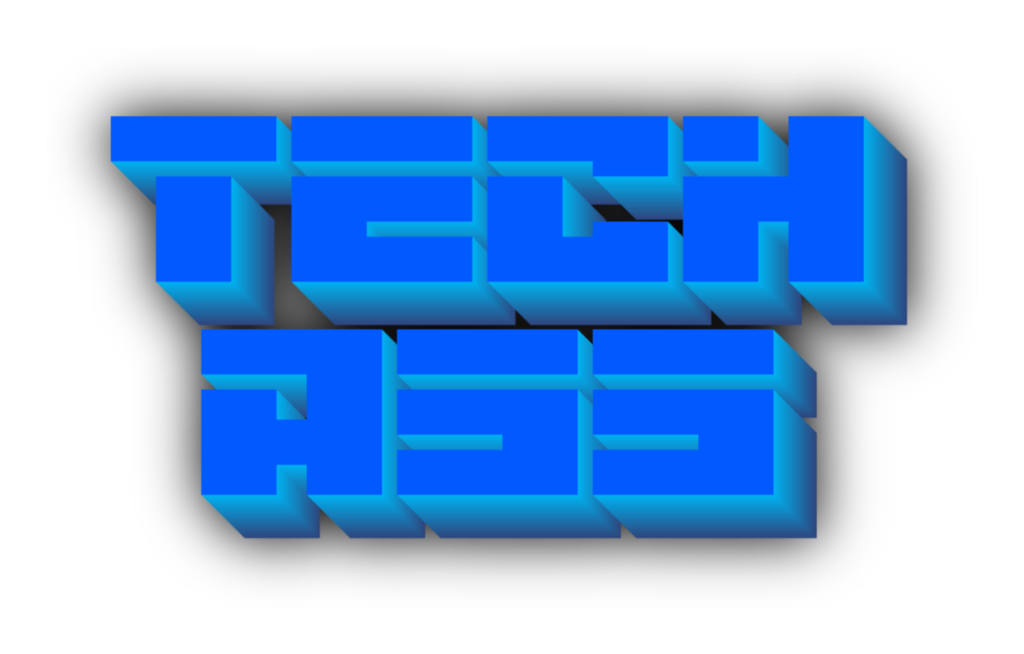The announcement of the PS5 Pro has drawn attention not only for its features but also for its hefty price tag. At $699.99, it’s the most expensive console Sony has ever released, recalling the controversy surrounding the PS3’s launch price. When adjusted for inflation, the PS3’s original cost is comparable to the PS5 Pro’s price with an added disc drive. This suggests a potentially new trend in next-gen console pricing.
Traditionally, console gamers have enjoyed hardware that provides good value compared to the high costs of building a comparable gaming PC. Although PC components may match or exceed console specs, consoles offer a simpler, user-friendly experience with easy setup, streamlined interfaces, and comprehensive warranties—advantages that have made them popular.
However, the line between console and PC gaming is starting to blur. Both Microsoft and Sony have pushed their current consoles to include hardware similar to high-end gaming PCs. The PS5 and Xbox Series X / S feature powerful CPUs and GPUs, enhancing game performance akin to upgrading a PC’s graphics card.
The PS5 Pro takes this trend further by offering a $700 upgrade aimed at improving frame rates and visual fidelity for existing and new games. This mirrors the GPU upgrade path that PC gamers have followed for years. The big question now is whether console gamers are ready to invest in new hardware in this way.
The PS5 Pro’s high price reflects a shift towards higher console costs, a trend that could become more common as component prices rise. Historically, Sony and Microsoft have sold consoles at a loss initially, recouping costs through game sales and digital purchases. The PS5 Pro, which comes without a disc drive to push digital sales, aligns with this strategy.
As console prices climb, we might see a significant shift in market dynamics. Microsoft has acknowledged the difficulty of subsidizing hardware given rising component costs. Last year, Microsoft subsidized Xbox Series X and S sales heavily to meet their price targets, but future consoles may not benefit from such subsidies.
Sony, on the other hand, seems to be moving away from heavy subsidies. The absence of a disc drive helps reduce costs for the PS5 Slim and Pro, and the PS5 Pro’s pricing appears to be set to ensure profitability from the start. Sony previously increased PS5 prices in regions outside the US to address rising costs, while maintaining a lower price in the competitive US market.
In the UK, where the PS5 Pro costs £699 compared to $699 in the US, the price discrepancy is even more pronounced when considering the additional cost of the separate disc drive. This could indicate that Sony is adjusting prices based on regional competition and market conditions.
As we approach the next generation of consoles, it’s clear that pricing will be a major factor. While a $999 price point for future consoles seems unlikely for now, the PS5 Pro’s $699 price might set a new standard. Gamers may need to brace for higher costs as Sony and Microsoft test the limits of what consumers are willing to pay.

